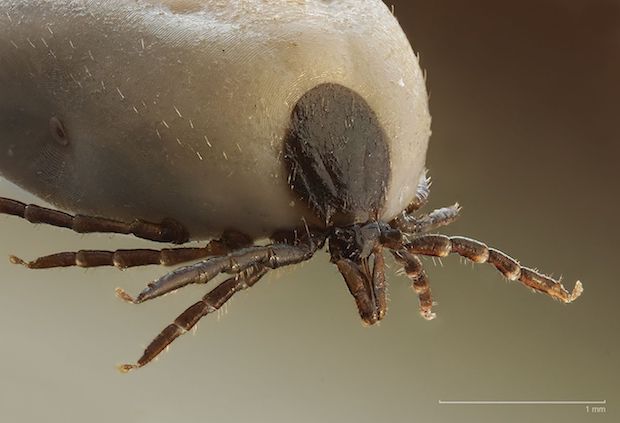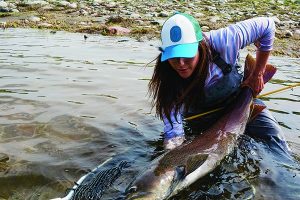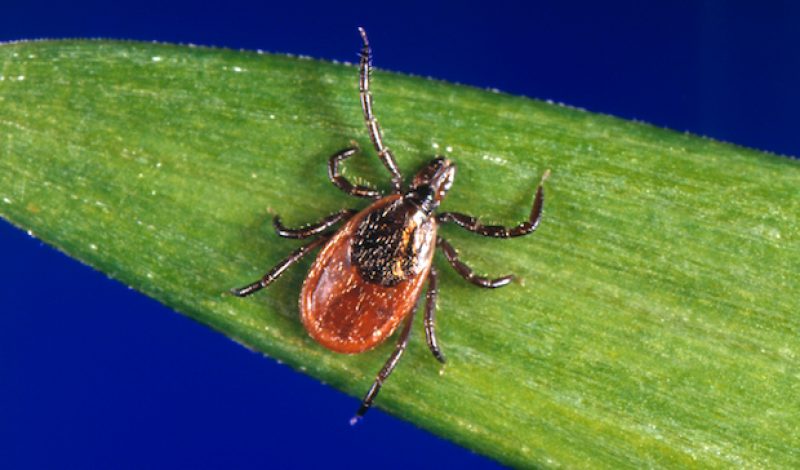If you head to the outdoors in the Great Lakes region or the east coast there is an emerging tick transmitted illness you should know about called the Powassan Virus.
Though Powassan Virus has been present in the past and is rare, the affect it can have on those who become infected can be devastating and in some cases deadly. Making it even more threatening is the fact that just over 50 percent of those who come down with the severe form of the illness and survive, will suffer from neurological damage after recovering.
This sickness, which is transmitted though the bite of deer ticks and groundhog ticks, can cause the viral illnesses encephalitis and meningitis, which results in the inflammation of the meninges that line the brain and spinal cord. Being a virus, there is no cure and only supportive treatment can be offered until the illness passes.
The real threat of Powassan was bore out in 2015 by Durland Fish, Professor Emeritus of Epidemiology (Microbial Disease) at the Yale School of Public Health.
In a question and answer piece issued by Yale, Prof. Fish describes why Powassan Virus is becoming more of a threat.
“There has been an important change in the ecology of Powassan virus in that the deer tick has recently become infected with the virus,” Fish said. “Until a few decades ago, it was only transmitted by a tick species that does not commonly bite humans and human cases were extremely rare. This recent change in the ecology of Powassan virus has caused concern within the public health community.”
To make matters even worse, unlike the transmission of Lyme disease where a tick must be attached to a host for at least 24 hours to pass the illness, with Powassan, transmission can take place within minutes, Fish added.

That is the bad news, now for the good.
Most of those who contract the disease show no symptoms and according to the Centers for Disease Control, in the past 10-years, only 77 cases requiring hospitalization were reported in the two regions where it is found. Sadly, out of the 77 cases, eight individuals died.
To put this in perspective with other tick transmitted diseases; there were nearly 30,000 cases of Lyme disease reported in 2015 alone. But as Dr. Fish, pointed out, the deer tick, which can transmit Lyme disease, may now also carry Powassan leading to the possibility of the illness spreading dramatically.
When it comes to symptoms of Powassan Virus, the incubation period can range from one-week to one month and of course mirror those of the illnesses it causes, viral meningitis and encephalitis. According to the CDC, the symptoms can include fever, headache, vomiting, weakness, confusion, loss of coordination, speech difficulties, and seizures.
As with other tick or insect spread illnesses, the only real protection is prevention. The CDC recommends that those heading into tick-infested areas use an insect repellent that contains picaridin, IR3535 or DEET with a concentration of at least 20 percent. It is also important that repellents are applied properly and when needed.
Another step is to either treat clothing and boots with the insecticide permethrin or purchase clothing that has been pretreated. One such treatment will last through several washings with some sources claiming up to 70. Though many call it a repellent, it is an insecticide and when a tick lingers on a treated surface, it dies. This is the same compound used to treat head lice.
Finally there is the tick check. After every outing, be sure to check thoroughly for ticks and if any are found, remove them as quickly as possible. The CDC has recommendations on how to do that too.
For more information, the TickEncounter website by the University of Rhode Island is a great place to visit. You’ll find information there on ticks, how to identify them, and how to protect yourself from them. The site offers a free service in which a photo of a tick can be sent to the website and a detailed identification will be returned. An excellent FAQ section also debunks some of the “proven ways” to remove a tick.














